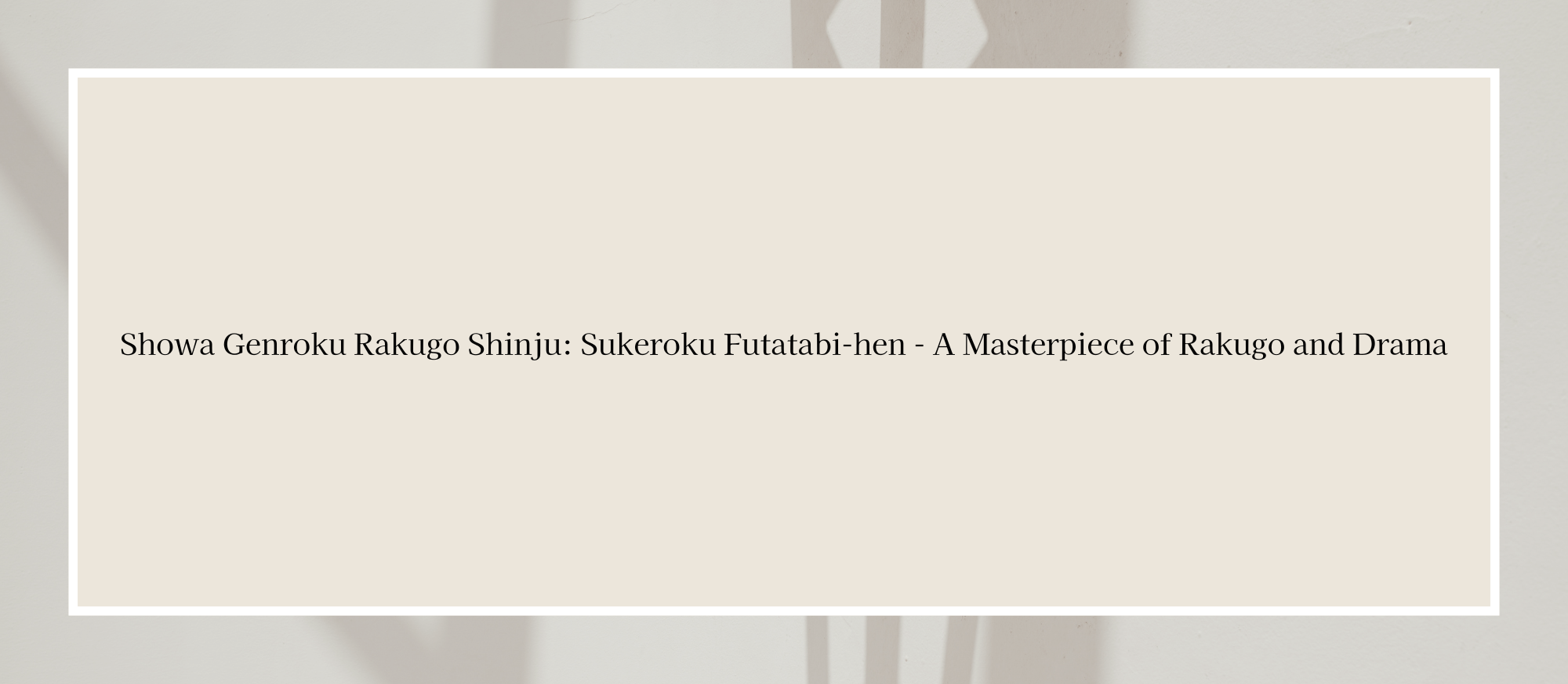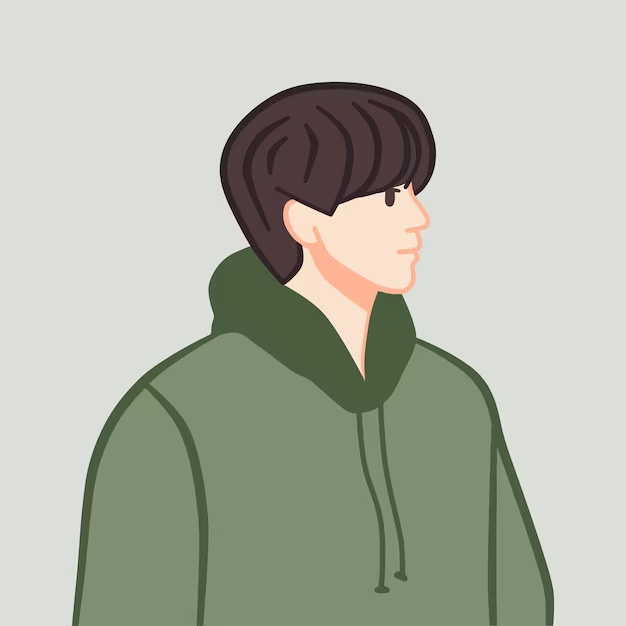Article Structure:
- Introduction to Showa Genroku Rakugo Shinju: Sukeroku Futatabi-hen
- Overview of the anime, including its release date, production studio (Studio DEEN), and a brief recap of the first season.
- Highlight the continuation of the story, focusing on the legacy of Rakugo and the emotional journey of its characters.
- Mention the series’ blend of historical drama, Japanese culture, and the traditional art of Rakugo.
- Plot Overview and Key Themes
- Outline the main storyline of "Sukeroku Futatabi-hen," focusing on the return of Sukeroku and Yakumo's struggles with his past and Rakugo’s future.
- Discuss key themes, such as tradition vs. modernity, legacy, and personal redemption.
- Highlight how these themes resonate throughout the series, drawing parallels to real-life challenges.
- Character Development and Relationships
- Introduce the main characters, including Yakumo, Yotaro, and Konatsu, and discuss their development throughout the season.
- Explore the complex relationships between these characters, particularly the mentor-student dynamic and family bonds.
- Discuss how these relationships drive the emotional depth of the series.
- Visuals, Animation, and Sound
- Highlight the visual style of the series, focusing on the animation that brings the Showa era to life.
- Discuss the attention to detail in character designs, background art, and how the animation enhances the storytelling.
- Mention the significance of sound design and music in setting the mood, especially during Rakugo performances.
- Cultural Impact and Reception
- Analyze the reception of "Sukeroku Futatabi-hen" among anime fans and critics, both in Japan and internationally.
- Discuss its impact on the anime industry, particularly in the genre of historical drama and its contribution to popularizing Rakugo culture.
- Highlight any awards, recognitions, or memorable moments that have contributed to the series’ legacy.
Contents
- 1 Introduction to Showa Genroku Rakugo Shinju: Sukeroku Futatabi-hen
- 2 Plot Overview and Key Themes of Showa Genroku Rakugo Shinju: Sukeroku Futatabi-hen
- 3 Character Development and Relationships in Showa Genroku Rakugo Shinju: Sukeroku Futatabi-hen
- 4 Visuals, Animation, and Sound in Showa Genroku Rakugo Shinju: Sukeroku Futatabi-hen
- 5 Cultural Impact and Reception of Showa Genroku Rakugo Shinju: Sukeroku Futatabi-hen
- 6 Supervisors
Introduction to Showa Genroku Rakugo Shinju: Sukeroku Futatabi-hen
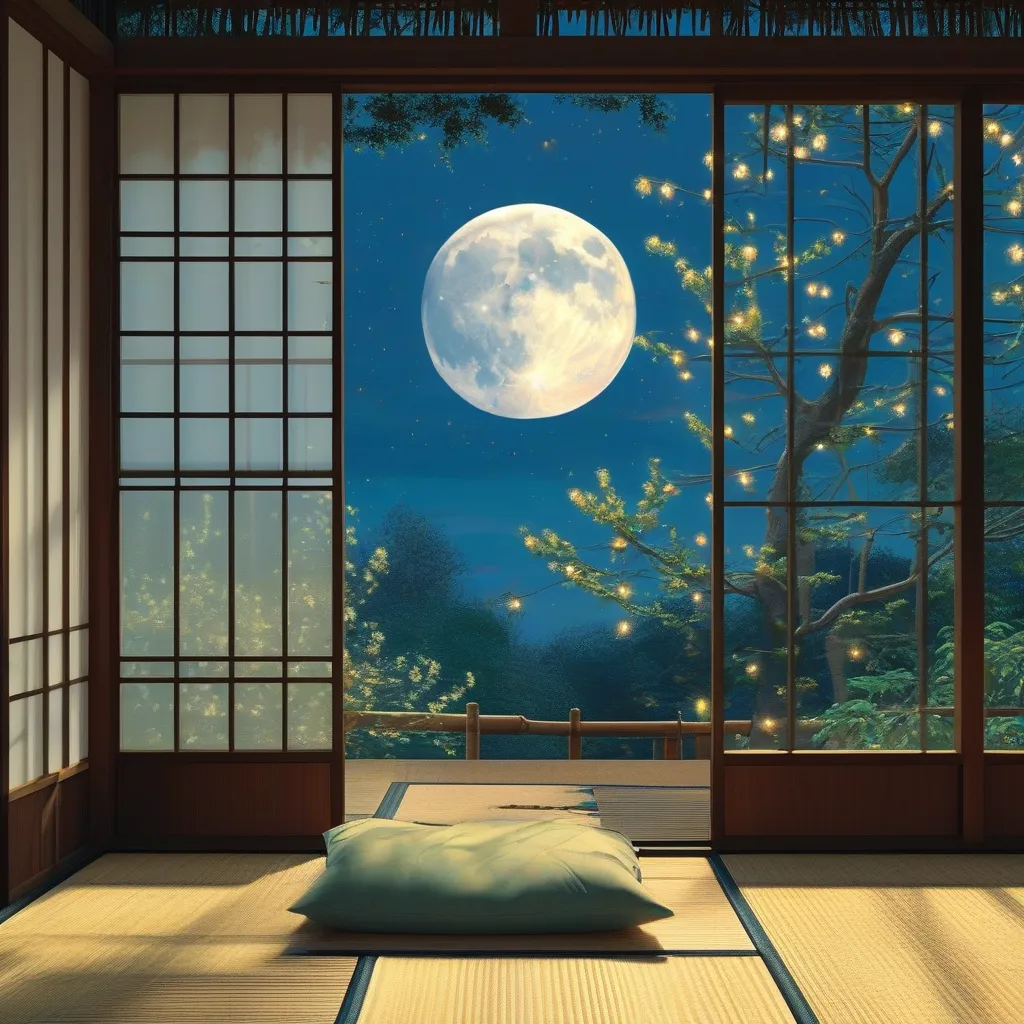
"Showa Genroku Rakugo Shinju: Sukeroku Futatabi-hen," produced by Studio DEEN, continues the captivating journey of Rakugo, the traditional Japanese form of storytelling. Released in 2017, this second season of the critically acclaimed series delves deeper into the rich history of Japan’s Showa era, following the emotional struggles and legacies left by its characters. The story picks up after the events of the first season, focusing on the lives of Yakumo, Yotaro, and Konatsu as they navigate their personal connections to Rakugo, a dying art that holds great cultural significance.
In this season, the legacy of Rakugo takes center stage as Yakumo, also known as Kikuhiko, faces the weight of his past decisions, while Yotaro, a former yakuza who has become his apprentice, seeks to revitalize the tradition. The emotional journey of the characters is intertwined with the art of Rakugo, making it not only a story of personal growth but also a reflection on the preservation of cultural heritage. The series blends historical drama with intricate character development, offering viewers a deep and thoughtful narrative.
"Showa Genroku Rakugo Shinju: Sukeroku Futatabi-hen" stands out for its portrayal of Japanese culture, particularly the Rakugo performances, which are beautifully animated and performed with great attention to detail. The storytelling format, where characters narrate their stories on stage, offers an intimate glimpse into their emotions and inner conflicts, while also paying homage to this traditional art form. The series masterfully combines elements of drama, history, and culture, making it a must-watch for those interested in Japanese traditions and the complexities of human emotions.
By continuing the legacy of its predecessor, this season brings closure to many of the unresolved threads from the first season, while also introducing new challenges for the characters. The focus on the art of Rakugo and the characters' emotional journeys creates a unique viewing experience that resonates with audiences both in Japan and abroad. "Showa Genroku Rakugo Shinju: Sukeroku Futatabi-hen" is a testament to the power of storytelling and the enduring impact of cultural traditions in a modern world.
Plot Overview and Key Themes of Showa Genroku Rakugo Shinju: Sukeroku Futatabi-hen
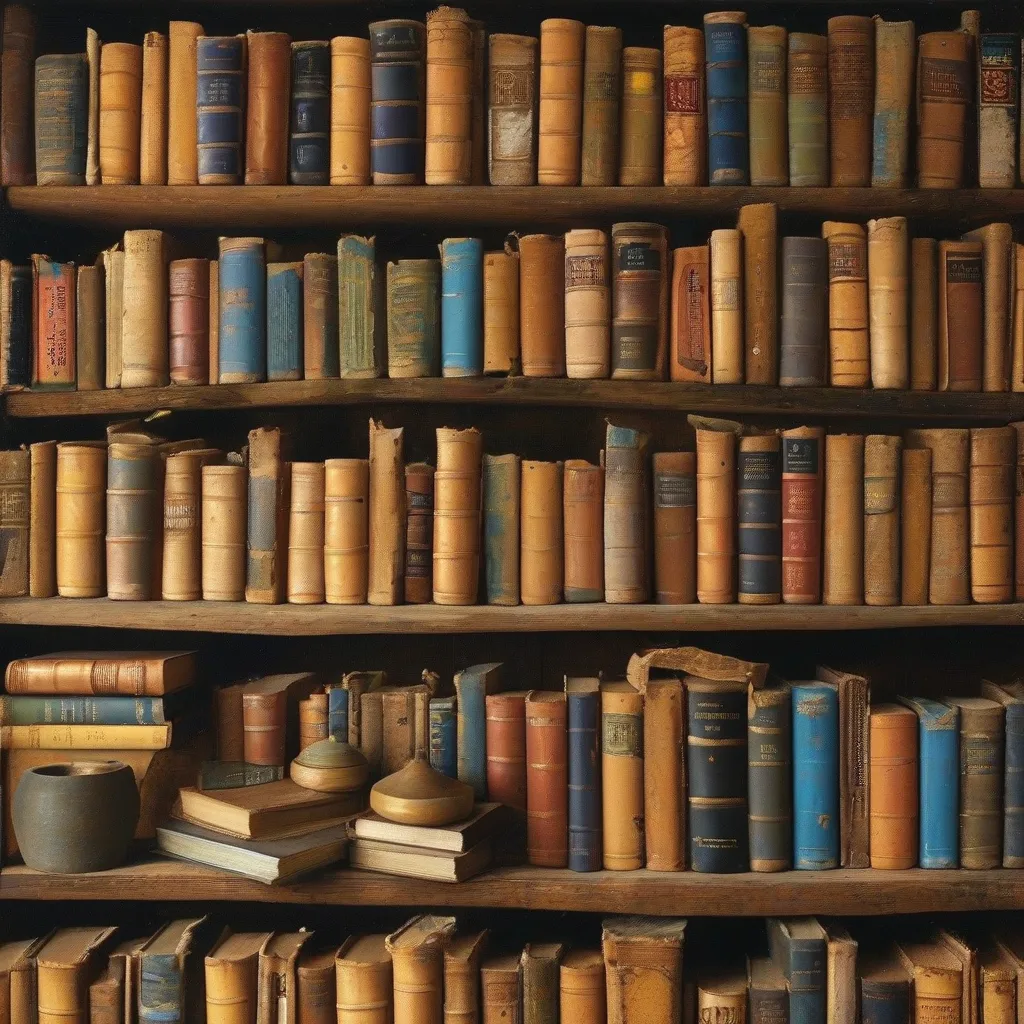
"Showa Genroku Rakugo Shinju: Sukeroku Futatabi-hen" continues the emotional and complex story of Yakumo, Sukeroku, and the future of Rakugo. The main storyline focuses on Yakumo’s internal battle with his past, particularly his connection to his former best friend Sukeroku, who plays a central role in this season. As Yakumo grapples with his guilt and regret, he is also confronted with the daunting task of preserving Rakugo, an art form that is struggling to survive in the modern world.
The return of Sukeroku, both as a memory and through his daughter Konatsu, adds layers of complexity to Yakumo’s journey. The narrative explores the weight of legacy and the burden of tradition, as Yakumo faces the challenge of passing on Rakugo to the next generation while remaining true to its roots. Yotaro, the former yakuza turned Rakugo apprentice, represents the future of the art form, bridging the gap between tradition and modernity. His enthusiastic embrace of Rakugo and his desire to keep it alive reflect the series’ ongoing tension between preserving the past and adapting to the future.
One of the central themes in "Sukeroku Futatabi-hen" is the conflict between tradition and modernity. As Rakugo faces the risk of fading into obscurity, the characters must navigate their own personal struggles while trying to ensure the survival of this cherished art. The series also delves deeply into the theme of legacy, as Yakumo contemplates what he will leave behind and how he will be remembered. His journey toward personal redemption is intertwined with his efforts to preserve Rakugo, making it a story not only about cultural preservation but also about healing and reconciliation.
The theme of personal redemption is another key element of the series, particularly in Yakumo’s arc. Haunted by his past choices and the deaths of those he loved, Yakumo seeks to find peace with himself and make amends for the pain he has caused. His relationship with Yotaro and Konatsu serves as a path toward healing, as he learns to embrace the future and let go of the past.
These themes resonate throughout the series, drawing parallels to real-life challenges of balancing tradition with progress, and the importance of passing on cultural legacies. "Showa Genroku Rakugo Shinju: Sukeroku Futatabi-hen" is a deeply introspective and emotionally charged story that reflects the complexities of life, art, and the human experience.
Character Development and Relationships in Showa Genroku Rakugo Shinju: Sukeroku Futatabi-hen
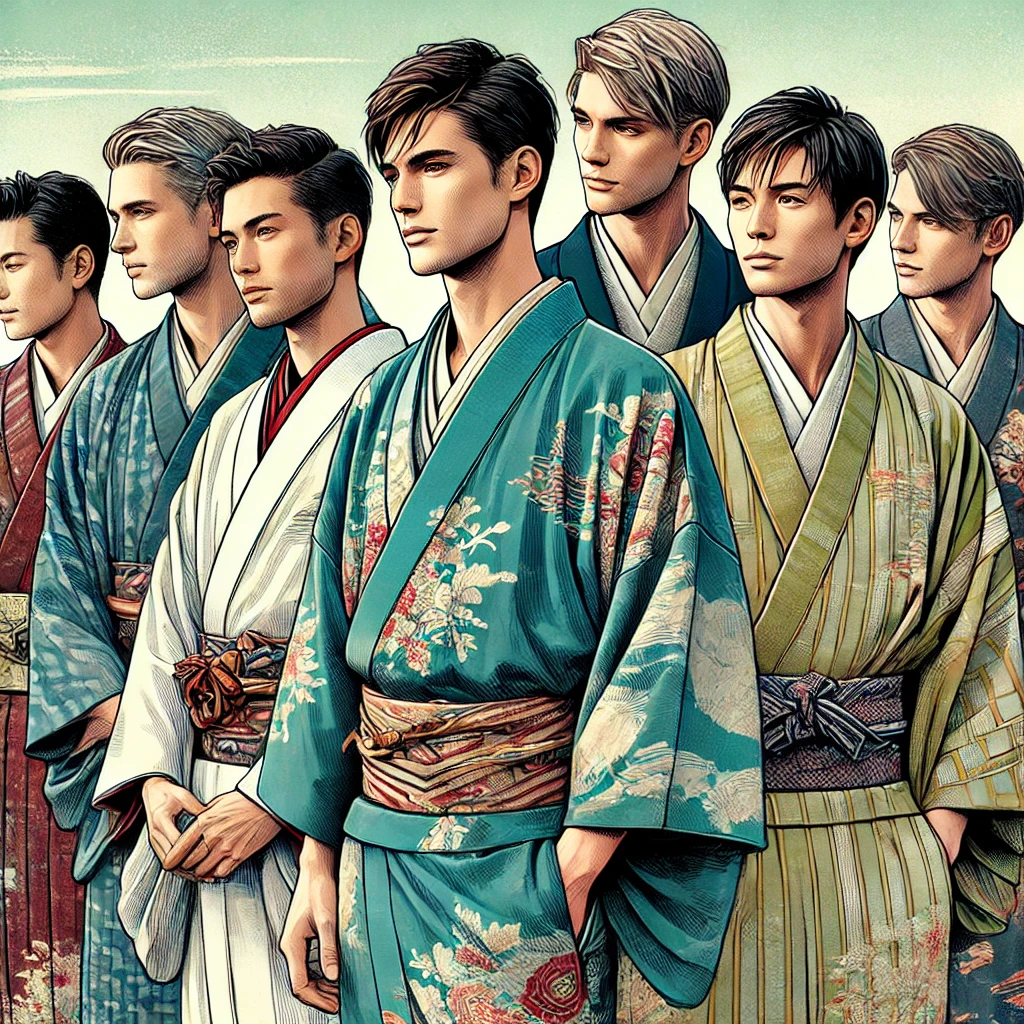
In "Showa Genroku Rakugo Shinju: Sukeroku Futatabi-hen," character development and relationships form the emotional core of the series. Yakumo, the aging Rakugo master, continues to be the most complex character, as he grapples with his past and the burden of preserving Rakugo. His journey is marked by deep regret and a desire for redemption. Throughout the season, Yakumo’s character evolves as he confronts the ghosts of his past, particularly his connection to Sukeroku and Miyokichi, and his role in their tragic fate. His relationship with Yotaro, his new apprentice, challenges him to confront the future of Rakugo and his own legacy.
Yotaro, the former yakuza who has turned his life around through Rakugo, brings a fresh perspective to the art form. His development throughout the season is significant, as he transitions from an eager apprentice to a confident performer. Yotaro’s unwavering admiration for Yakumo and his determination to carry on the Rakugo tradition highlight the mentor-student dynamic that is central to the story. This relationship is more than just professional; it’s deeply personal, as Yotaro seeks both guidance and approval from Yakumo, while also becoming a key figure in helping him find peace with his past.
Konatsu, Sukeroku’s daughter, also undergoes significant development throughout the season. She harbors a deep resentment toward Yakumo, blaming him for her parents’ deaths, yet she remains connected to him through Rakugo. Konatsu’s relationship with Yakumo is fraught with tension, but it’s also one of the most compelling aspects of the series. As she navigates her own struggles with identity and motherhood, Konatsu’s character embodies the theme of legacy and the burden of carrying on her father’s name. Her eventual reconciliation with Yakumo adds emotional depth to the story, as she learns to embrace both her past and her future.
The complex relationships between Yakumo, Yotaro, and Konatsu drive much of the emotional narrative in "Sukeroku Futatabi-hen." The mentor-student bond between Yakumo and Yotaro is central to the story, as it represents both the preservation of Rakugo and the passing of the torch to the next generation. The familial bond between Yakumo and Konatsu is equally important, as it forces Yakumo to confront the consequences of his past actions and find a way to atone for them. These relationships are not just about Rakugo; they are about healing, forgiveness, and the deep human connections that make the series so resonant.
Ultimately, the relationships in "Showa Genroku Rakugo Shinju: Sukeroku Futatabi-hen" add layers of complexity to the characters and elevate the series beyond a simple historical drama. The bonds between the characters are what give the show its heart, driving the narrative forward and creating a powerful exploration of legacy, redemption, and the ties that bind us.
Visuals, Animation, and Sound in Showa Genroku Rakugo Shinju: Sukeroku Futatabi-hen
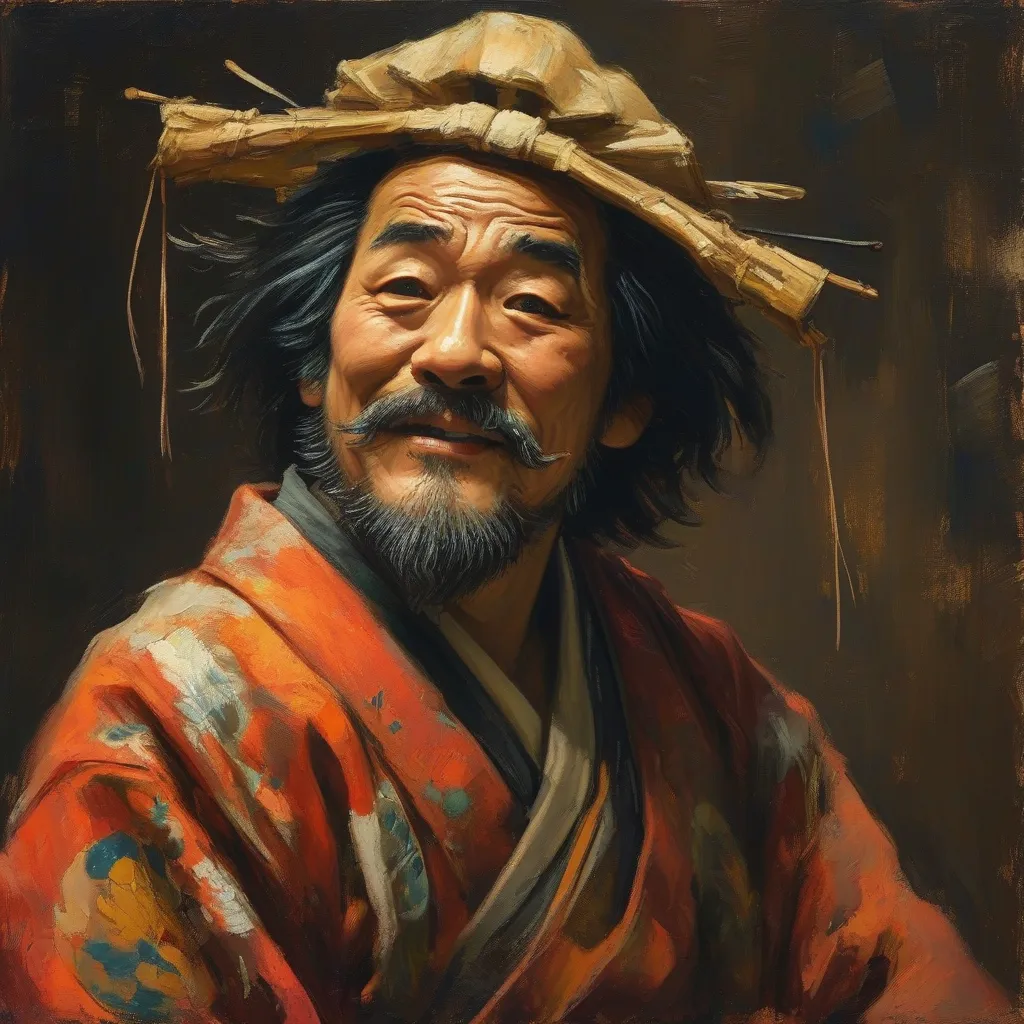
The visual and auditory elements of Showa Genroku Rakugo Shinju: Sukeroku Futatabi-hen play a crucial role in immersing viewers in the historical drama of the Showa era. Studio DEEN's animation captures the essence of the period with meticulous attention to detail. From the traditional Japanese architecture to the clothing of the characters, the visual style transports the audience to a bygone era. The animation is subtle yet effective, with fluid movements that bring the characters’ emotions to life, particularly during the Rakugo performances, where the focus on facial expressions and gestures adds depth to the storytelling.
The character designs reflect the personalities and struggles of the main cast. Yakumo’s aging figure contrasts sharply with Yotaro’s youthful energy, while Konatsu’s strong-willed expression conveys her inner turmoil. The background art is equally impressive, creating an atmospheric portrayal of the Showa era. The quiet streets, bustling theaters, and serene Japanese landscapes all contribute to the overall mood of the series, grounding the fantastical elements of Rakugo in a realistic setting.
The animation also excels during the Rakugo performances, where the minimalist set designs allow the focus to remain on the performer. The skillful use of lighting and shading enhances the emotional intensity of these scenes, whether it’s the somber tone of Yakumo’s storytelling or the more vibrant energy of Yotaro’s performances. The camera work, which often centers on the Rakugo performer’s face, captures the nuances of their delivery, further immersing the viewer in the art form.
Sound design and music are equally important in Sukeroku Futatabi-hen. The series uses sound to create an intimate atmosphere, especially during the Rakugo performances, where every pause, breath, and change in tone is carefully crafted to reflect the tension and emotion of the moment. The background music, composed by Kana Shibue, complements the narrative with traditional Japanese instruments that evoke the cultural setting. The score is subtle, often taking a backseat to the dialogue and performances, but it adds an emotional undercurrent that enriches the viewing experience.
The voice acting is another highlight, particularly Akira Ishida’s portrayal of Yakumo, which conveys the character’s internal struggles and deep connection to Rakugo. The actors’ performances are integral to the success of the Rakugo scenes, where the voice alone must carry the weight of the story being told. The meticulous attention to sound design ensures that every performance feels authentic, capturing the cadence and rhythm of real Rakugo storytelling.
Overall, the visuals, animation, and sound in Showa Genroku Rakugo Shinju: Sukeroku Futatabi-hen work in harmony to enhance the storytelling. The series is a feast for the senses, with its detailed animation, atmospheric backgrounds, and evocative sound design all contributing to a rich portrayal of the Showa era and the world of Rakugo. These elements elevate the series beyond its narrative, making it a deeply immersive experience that resonates with viewers on multiple levels.
Cultural Impact and Reception of Showa Genroku Rakugo Shinju: Sukeroku Futatabi-hen
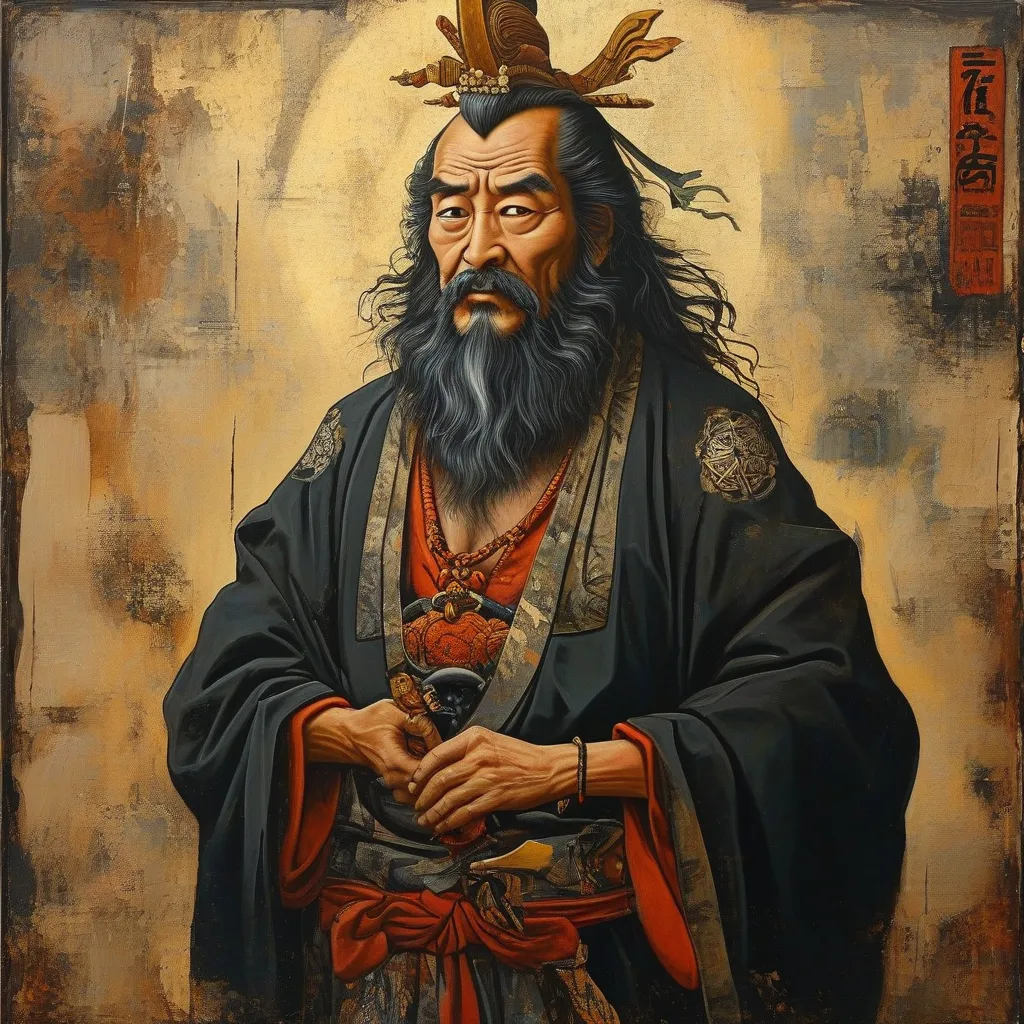
Showa Genroku Rakugo Shinju: Sukeroku Futatabi-hen has left a significant mark on the anime industry, particularly within the historical drama genre. From its release, the series garnered critical acclaim both in Japan and internationally, praised for its nuanced storytelling, complex characters, and authentic portrayal of the traditional art of Rakugo. Fans were captivated by the emotional depth and cultural richness of the series, which set it apart from more conventional anime offerings.
The series made a strong impact by shining a spotlight on Rakugo, a form of Japanese storytelling that is not widely known outside of Japan. Through Sukeroku Futatabi-hen, Rakugo gained exposure to a broader audience, sparking interest in this traditional performance art. The anime’s dedication to accurately depicting the intricacies of Rakugo performances, combined with the historical context of the Showa era, made it a cultural touchstone for viewers interested in Japanese traditions and history.
Critically, the series was recognized for its contribution to the anime industry, particularly in the way it handled heavy themes such as legacy, redemption, and the passage of time. Sukeroku Futatabi-hen stands out as one of the few anime that delve deeply into the cultural and personal significance of an art form, making it not just a historical drama, but a celebration of Japanese culture. The series’ ability to blend these cultural elements with universal themes of human experience helped it resonate with audiences around the world.
The series was also well-received for its production quality. Studio DEEN’s attention to detail in the animation, combined with the thoughtful use of music and sound, contributed to the immersive atmosphere of the show. The voice acting, particularly Akira Ishida’s portrayal of Yakumo, was lauded for bringing emotional depth to the characters, further enhancing the series’ impact on viewers.
In terms of awards and recognitions, Sukeroku Futatabi-hen received several accolades, including nominations for Best Animation and Best Drama at various anime award ceremonies. Its compelling narrative and strong character development made it a standout in a competitive field, and it quickly gained a loyal fanbase that appreciated its mature and thoughtful approach to storytelling.
The legacy of Sukeroku Futatabi-hen is evident in its influence on other anime that seek to explore cultural or historical themes in a similarly detailed and respectful manner. The series has inspired conversations about the importance of preserving traditional art forms and has set a new standard for how anime can be used as a medium to explore and celebrate cultural heritage.
Overall, Showa Genroku Rakugo Shinju: Sukeroku Futatabi-hen is a testament to the power of anime as a vehicle for cultural storytelling. Its impact on the anime industry and its contribution to popularizing Rakugo culture ensure that it will be remembered as a significant work that transcends the boundaries of entertainment, offering viewers a profound and educational experience.
